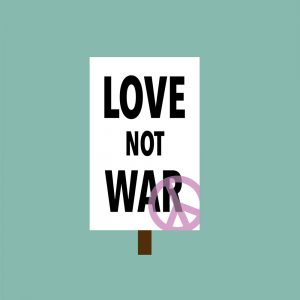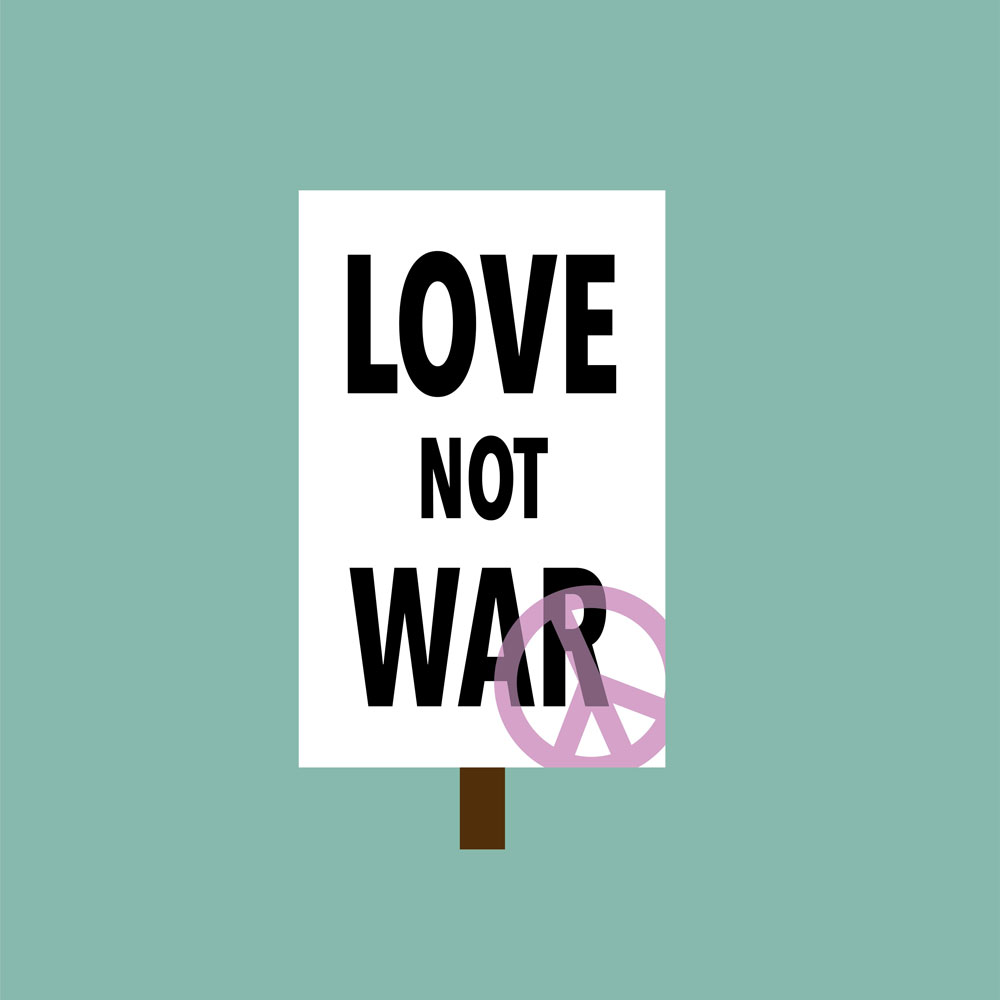Countercultures Set The Tone For Society

We live in a world of racial diversity. Nonetheless, the cultural backgrounds of each race and ethnicity are downplayed. The general population has no cultural awareness, since we are all interconnected in a unified custom.
While all members of society are different regarding hair color, eye color, body structure and things of that sort, there is no personal identity. Think of communities like those described in The Anthem by Ayn Rand and The Giver by Lois Lowry. Perception can lead you to believe that a world like the ones described would be a good thing or perhaps not at all. It is for you to decide whether that lifestyle is appealing.
What does it mean to have culture? Essentially, culture explicitly defines what it means to be human. Through the fusion of visual art, music, dance, folklore, literature, dress, communication and performing mundane tasks, we can differentiate civilizations.
Through deductive reasoning, we can conclude that there are subcultures within a larger one. For instance, the United States has a thriving pop culture that, for the most part, is led by the younger demographic. But within pop culture there are different aspects. It is appropriate to state that at some point a movement will be created to combat what is considered mainstream.
This type of counterculture movement is most often associated with the 1960s. Participants in this movement went against the grain and stuck out like sore thumbs to assert the ethos and aspirations of a specific population. Think of going against your parent’s demands just to prove that you are your own person and your beliefs do not necessarily correlate with theirs.
Countercultures are on a macro scale, setting the tone for society as a whole. For example, the hippies, punk rock, and rap cultures can be considered to be against what was mainstream in their eras. These forms of clashes are apparent because unlike the type of society mentioned in the beginning, everyone does not align themselves to one particular way of life.
Countercultures signify many underlying issues within a population, whether protests of wars, appropriations of clothing, or gender-specific standards. Think back to the 1960s where racial segregation, the Vietnam war, drug crises, shootings, massacres, and bomb tests took place. Many of the adolescents involved were in college, holding a more liberal mindset, thus perpetuating an ideology that countered the social norm.
It is because of those conflicts that the hippie era gained traction, which led to minimalist culture. The 1960s’ burst of humanism created a new sense of revelation for people to cling on to. One that myself, and perhaps others can agree with—it is now normal to disagree with what society dictates as usual. In other words, it represents the evolutionary biology of human growth. We all continually develop new forms of expression.




